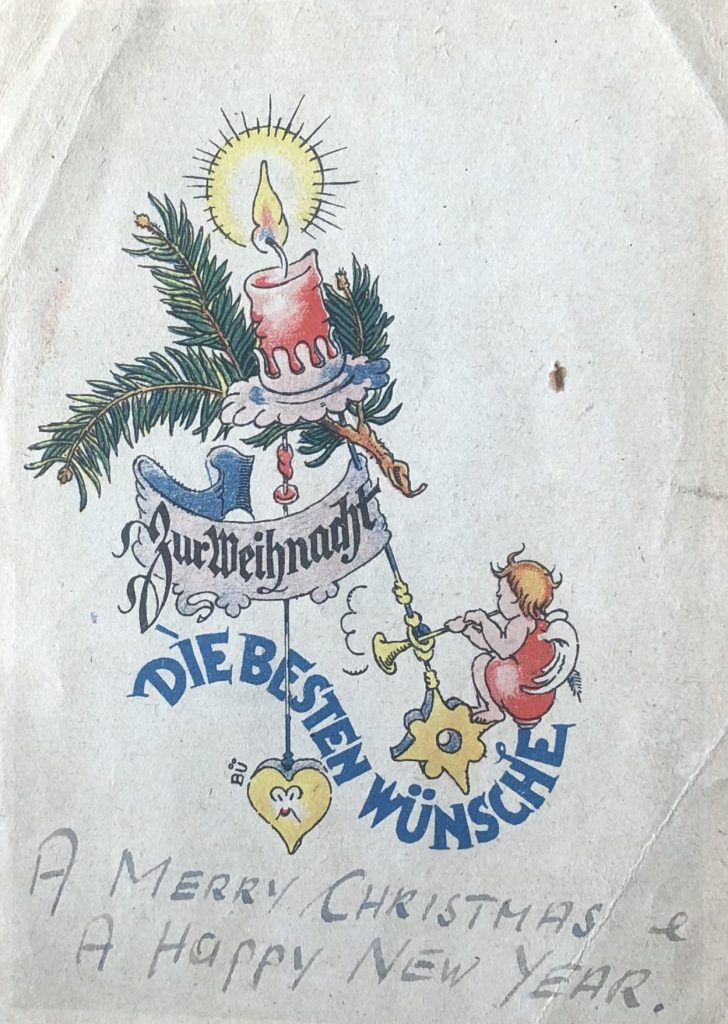
This month’s object of the month was chosen, researched and written about by Jordan Murray. Jordan is a third year University of Stirling student who is doing some work experience at the Museum during his Christmas holidays (good for him!) This is his blog about this month’s object of the month…
This month’s object of the month, shown below, is a Christmas card sent from Germany by Helmut (who was a Prisoner of War during WW2) to the Wright family on the 10th of December 1947.
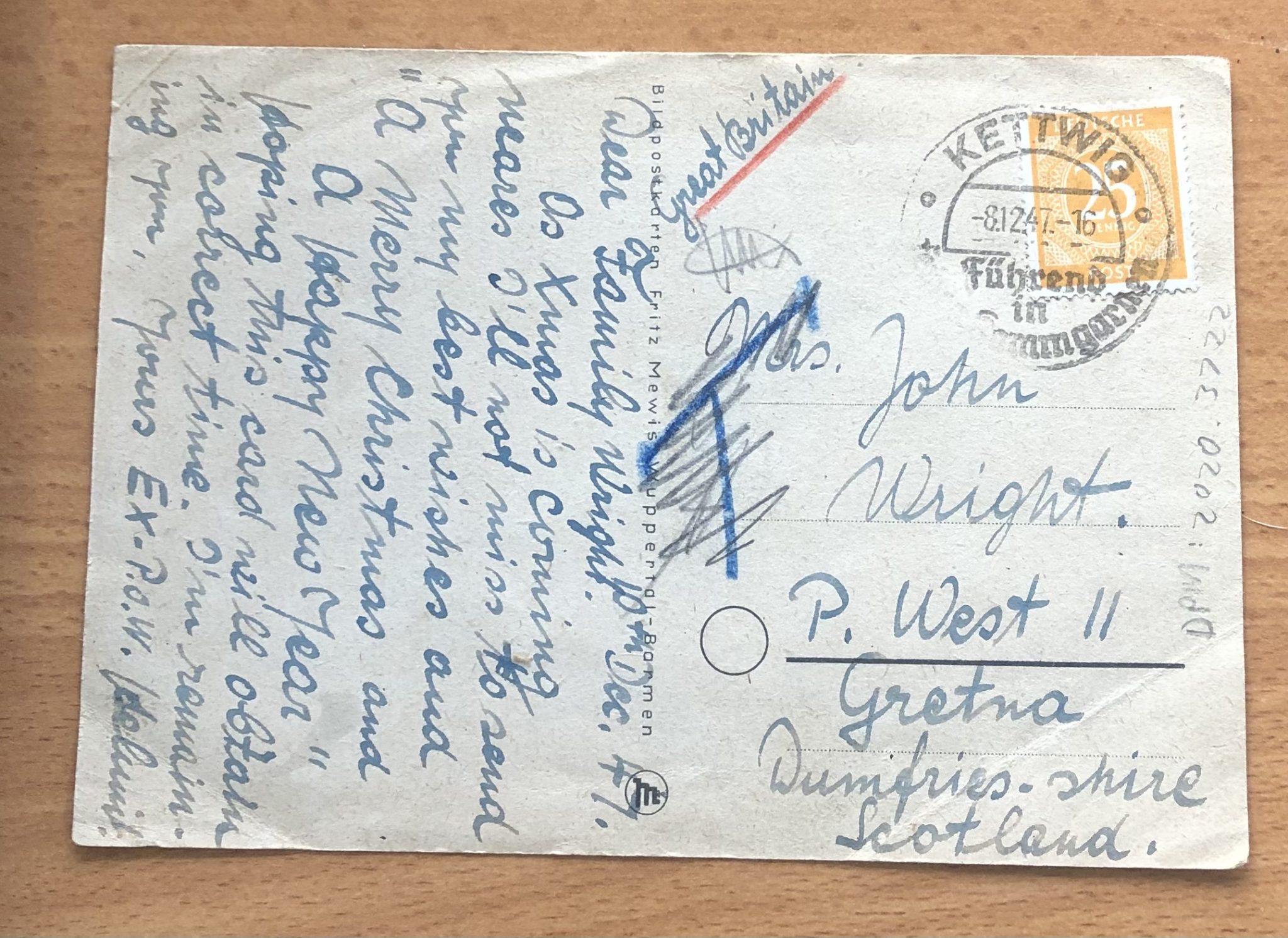
The message reads “Dear Family Wright. As Xmas is coming means I’ll not miss to send you my best wishes and ‘a Merry Christmas and a Happy New Year’. Hoping this card will obtain in correct time… Yours ex-POW. Helmut.”
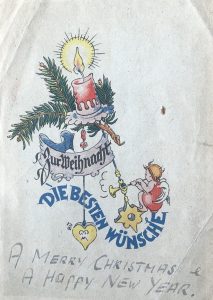
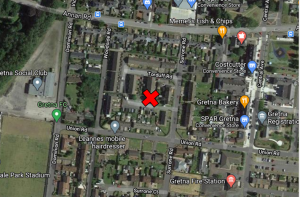
The Wright family stayed at P West II in Gretna shown at X
The postcard was sent to the Wright family at P West II Gretna where Helmut stayed with the family as a Prisoner of War. The hut below is an example of the sort of hut they must have lived in.
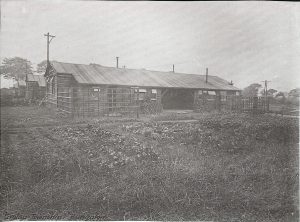
These wooden huts were built for workers at HM Factory Gretna in World War One. Many were still inhabited during World War Two (and some rare examples still stand today!)
During the war Britain aimed to fill the gap in labour which had been left behind by those who went to war and the use of POW soldiers solved this issue. As a result, Britain was more accepting of housing the enemy’s soldiers and began opening more POW camps. Hellen states that the aim was “to use some of the German soldiers for agricultural and forestry work” (Hellen 1999:193). In Britain by 1946 there were around 400,000 prisoners of war being held in multiple different types of camps. These camps include internment camps (held civilian aliens), command cages (early versions which used existing buildings, huts, camps etc), transit camps (held prisoners temporarily before being moved to another camp) and interrogation centres (where German soldiers were classified according to their political views).
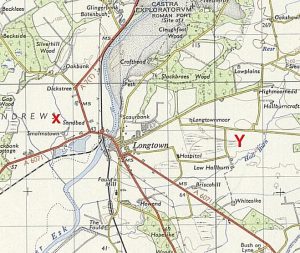
No. 4 Camp (marked as X) was located near Longtown held German, Polish, and Ukrainian prisoners who worked on local farms and in sawmills.
There were 6 POW camps around the Solway Coast area,
-
Hallmuir Farm Camp, near Lockerbie
-
Dryfeholme Camp, near Lockerbie
-
Barony Base Camp, near Dumfries
-
Barony Working Camp, near Dumfries
-
Carronbridge Camp, near Dumfries
-
4 Camp, near Longtown
However, some POW’s stayed with local families such as Helmut who stayed with the Wright family in Gretna. There was not only German POW’s living in and around Gretna at the time, many Italians also stayed in the area. Ruby Hardisty mentioned Italian POW’s who were camped at Kirkpatrick Fleming and would often cycle to Gretna to use the local amenities such as the cinema, “they were always at the pictures, that’s where most of them learnt English, the pictures mostly”. While some POW’s fit in well within the community in Gretna such as Helmut, this is not true of them all. Jean Mackay mentioned the animosity felt towards the German prisoners, “they [Germans] used to march up Vancouver Road every Sunday because the Catholic chapel was at the top of our road. My poor Dad, because my Dad was at Dunkirk and everything, he used to tingle when he saw those Germans”. Furthermore, Ruby Hardisty talked about pranks the youngsters used to play on the Italians, “Our boys were devils: they would put things on the road to give them punctures on their bikes. Just daft, just boys’ stuff, you know”.
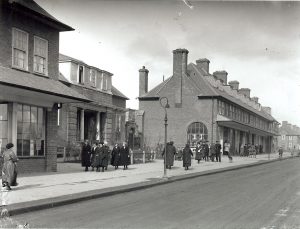
The cinema in Gretna located on Central Avenue.

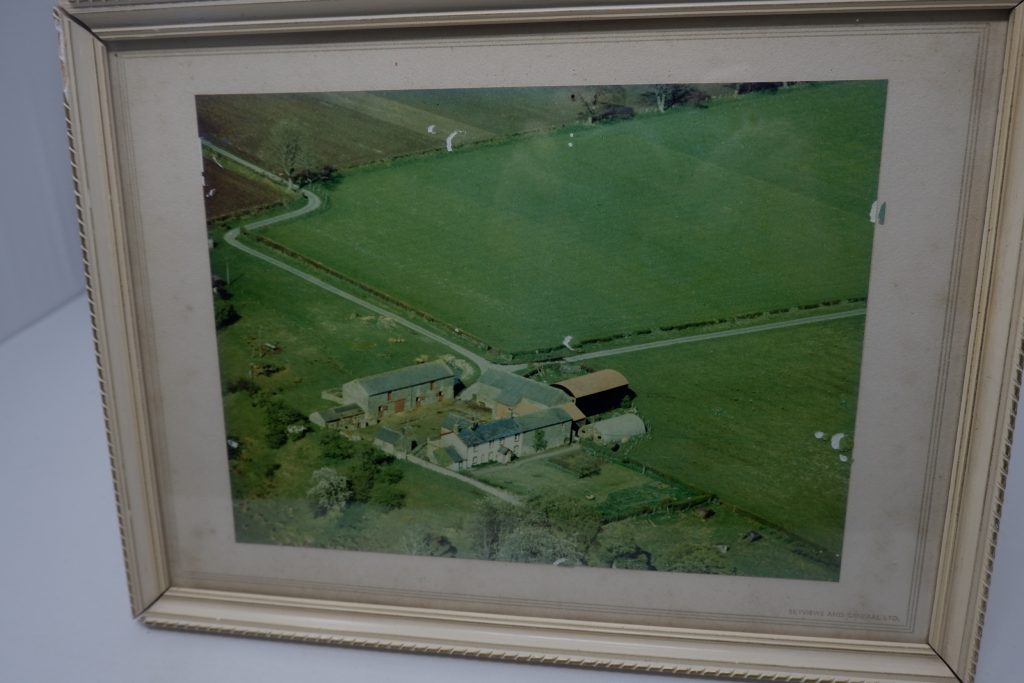
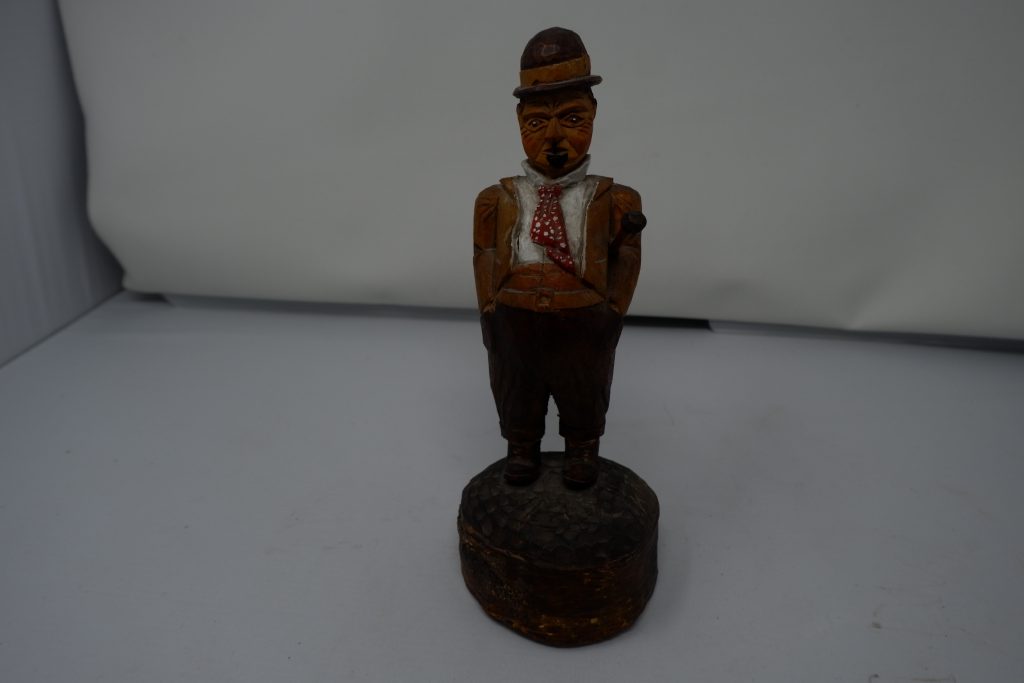
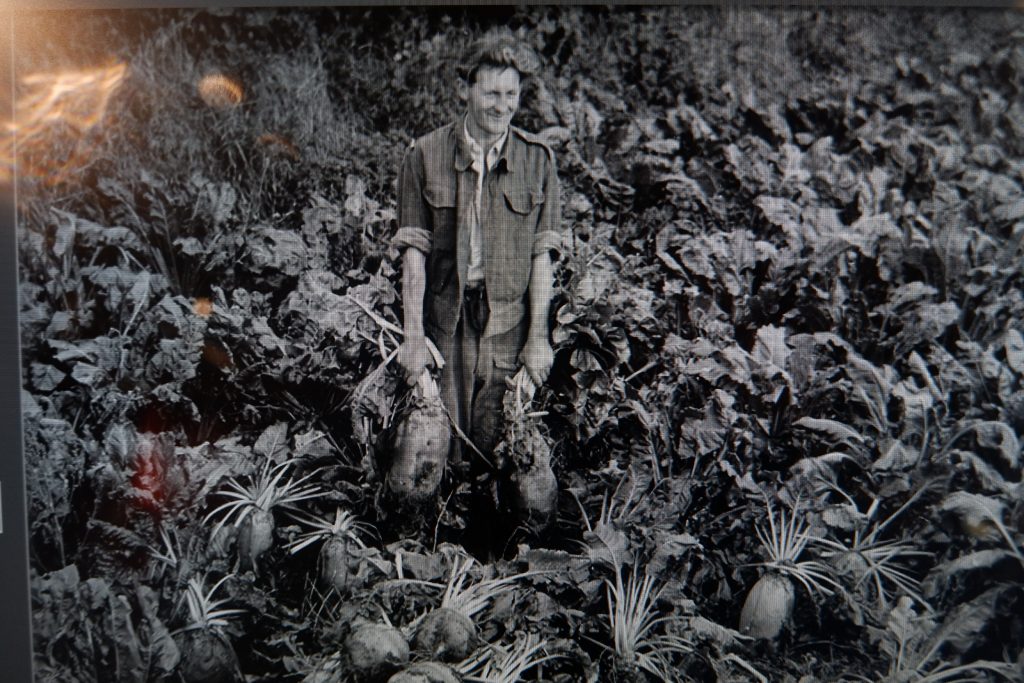
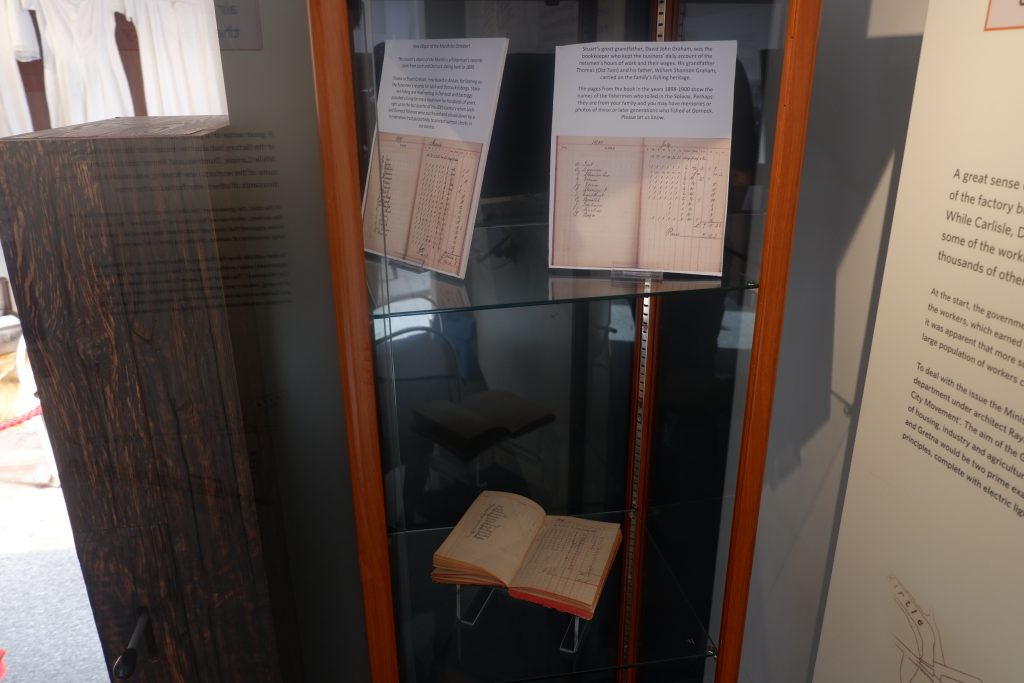
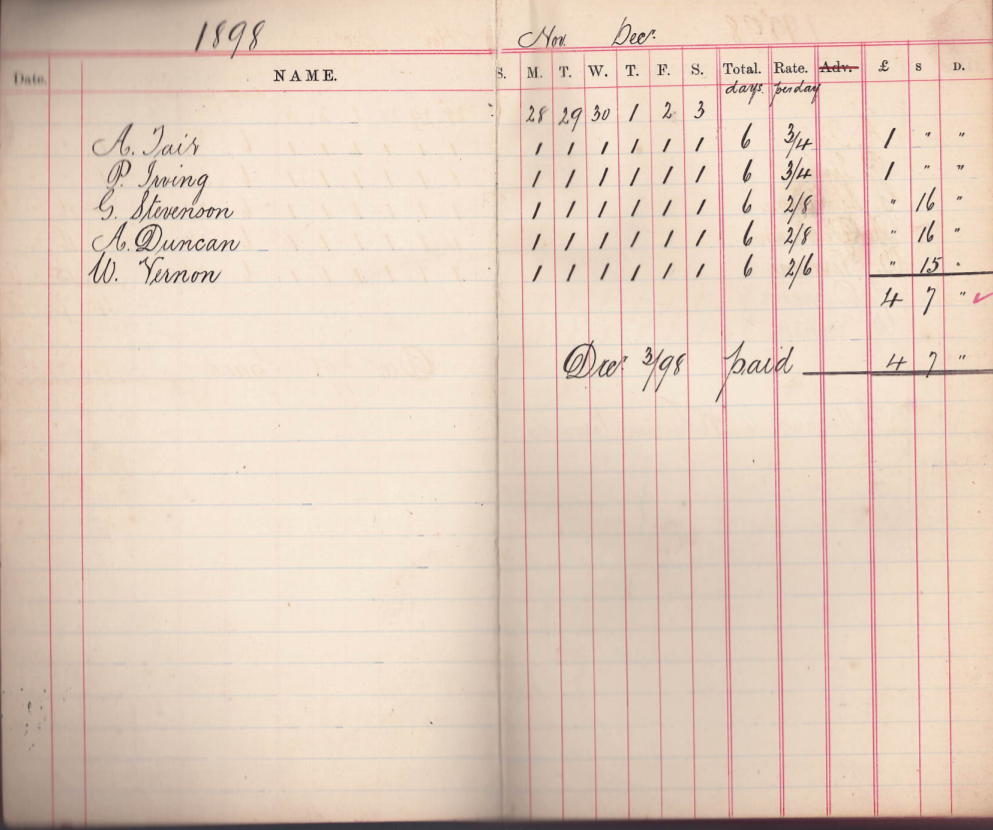
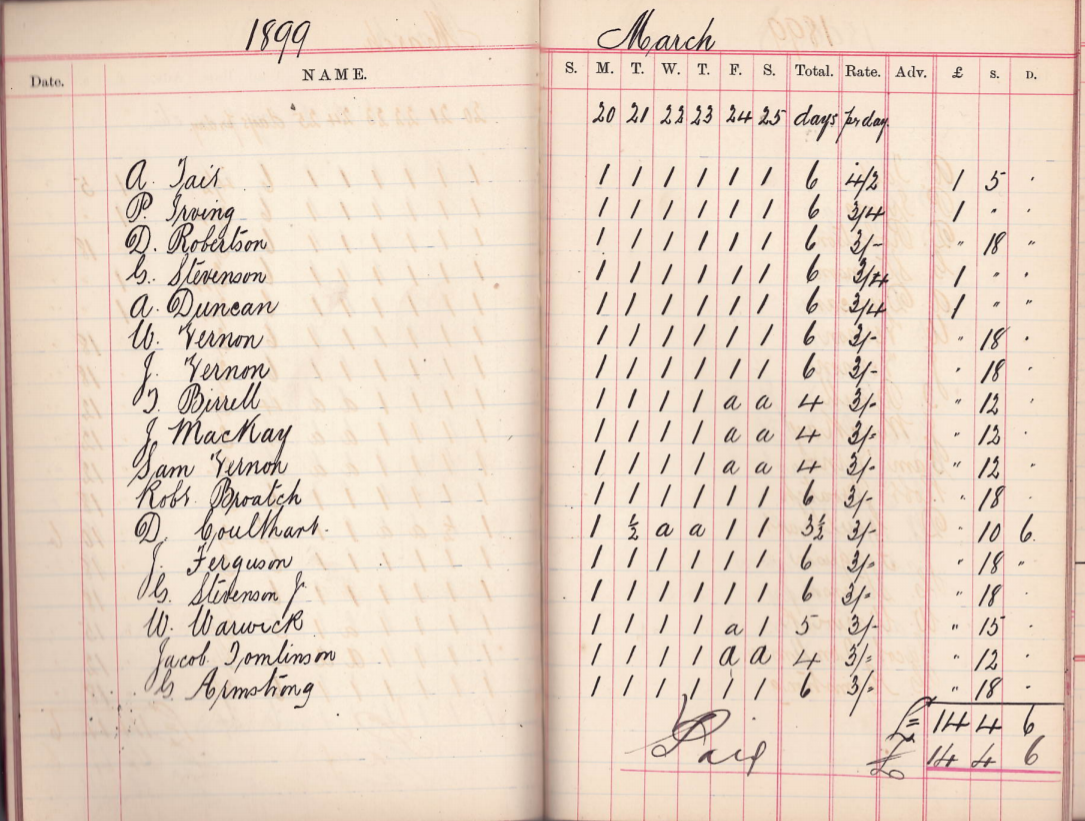
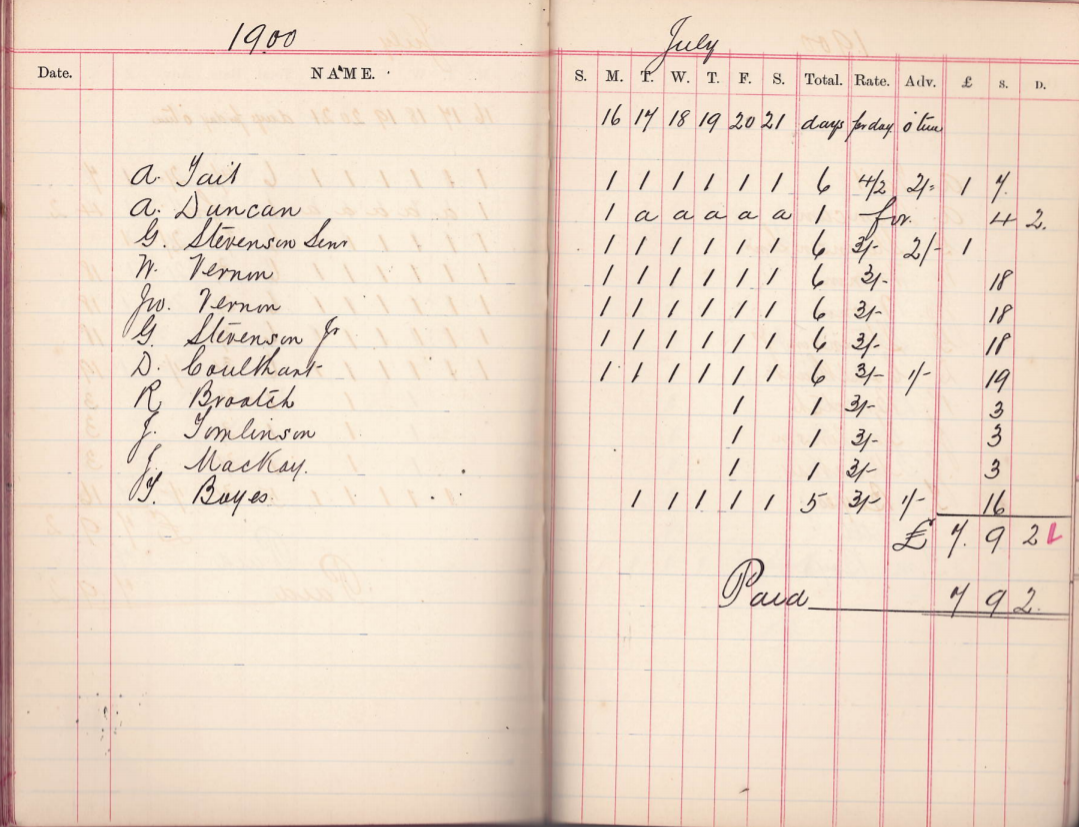
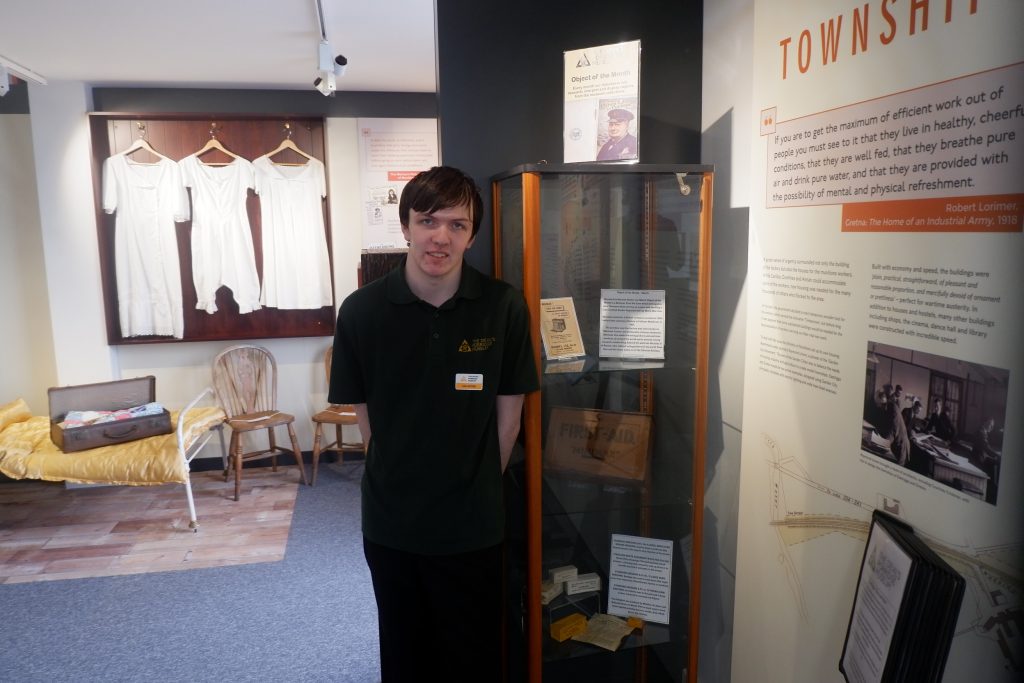

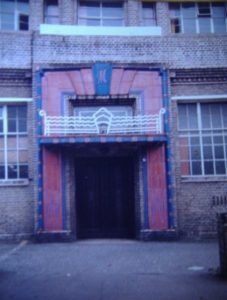

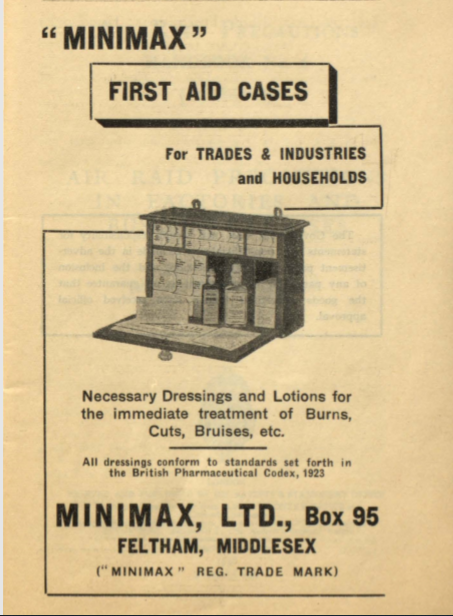
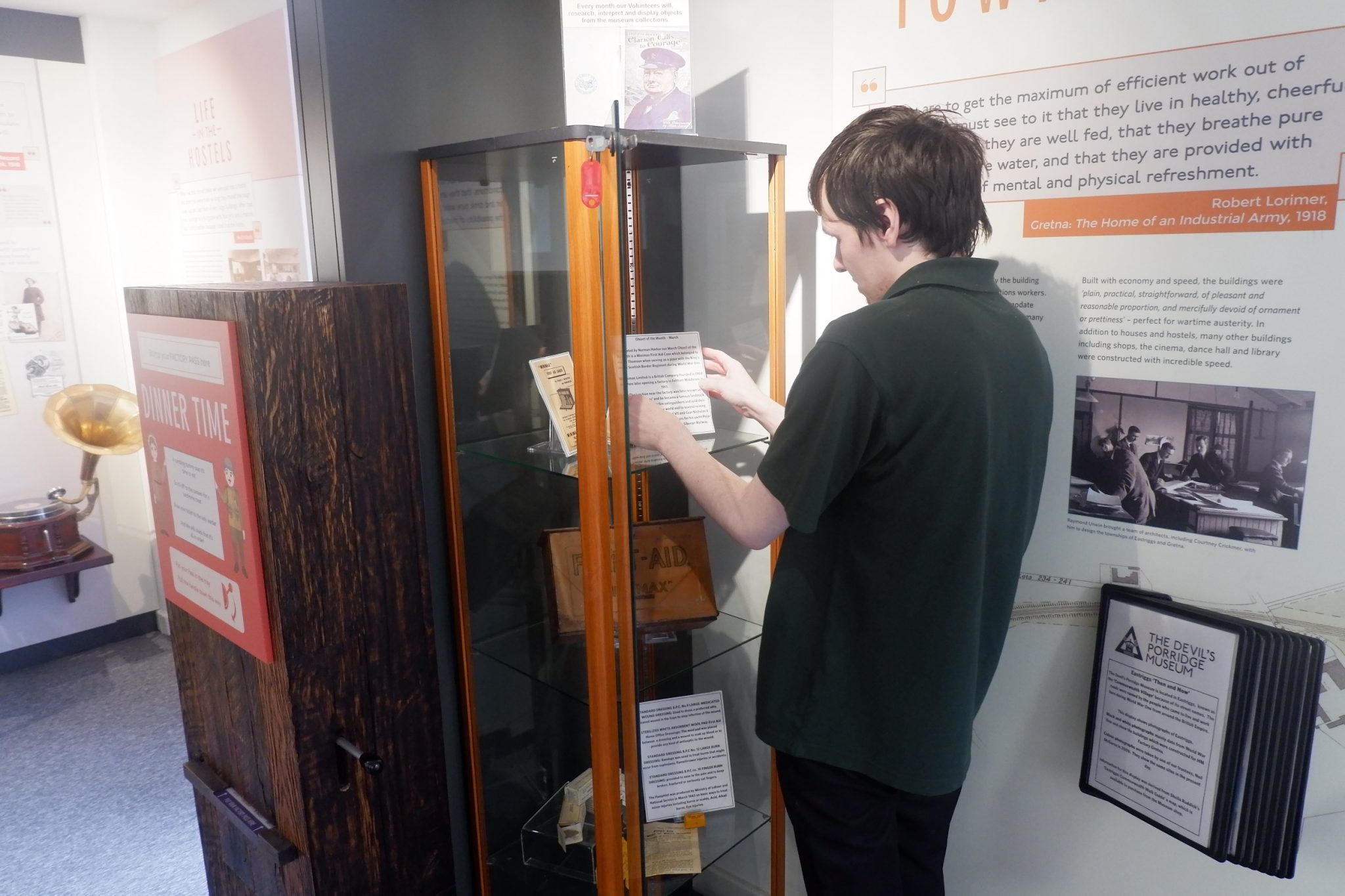
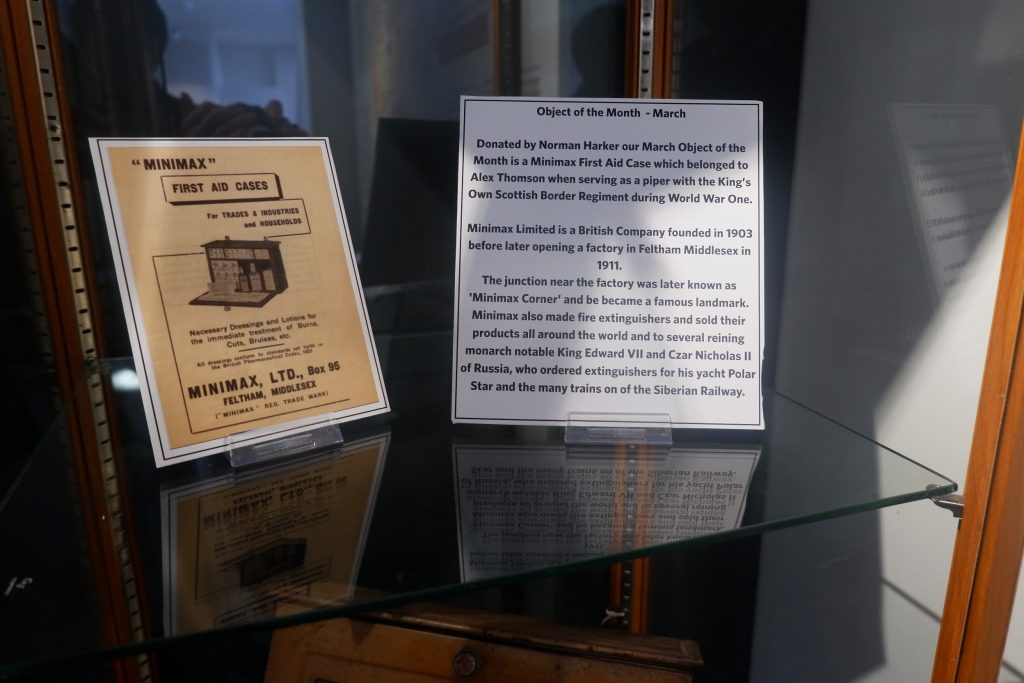
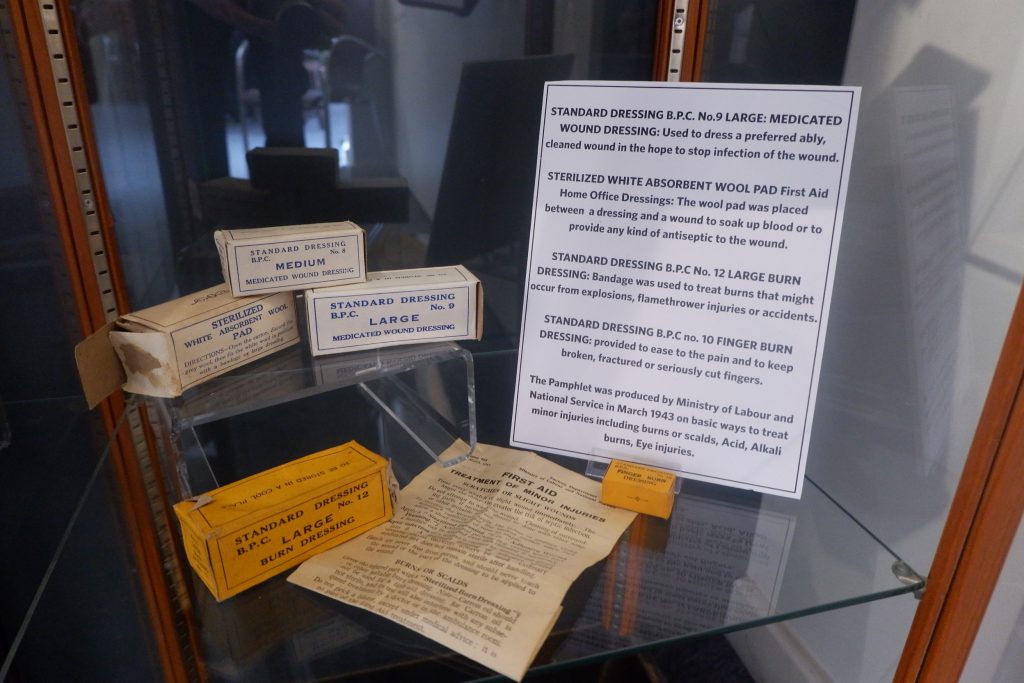
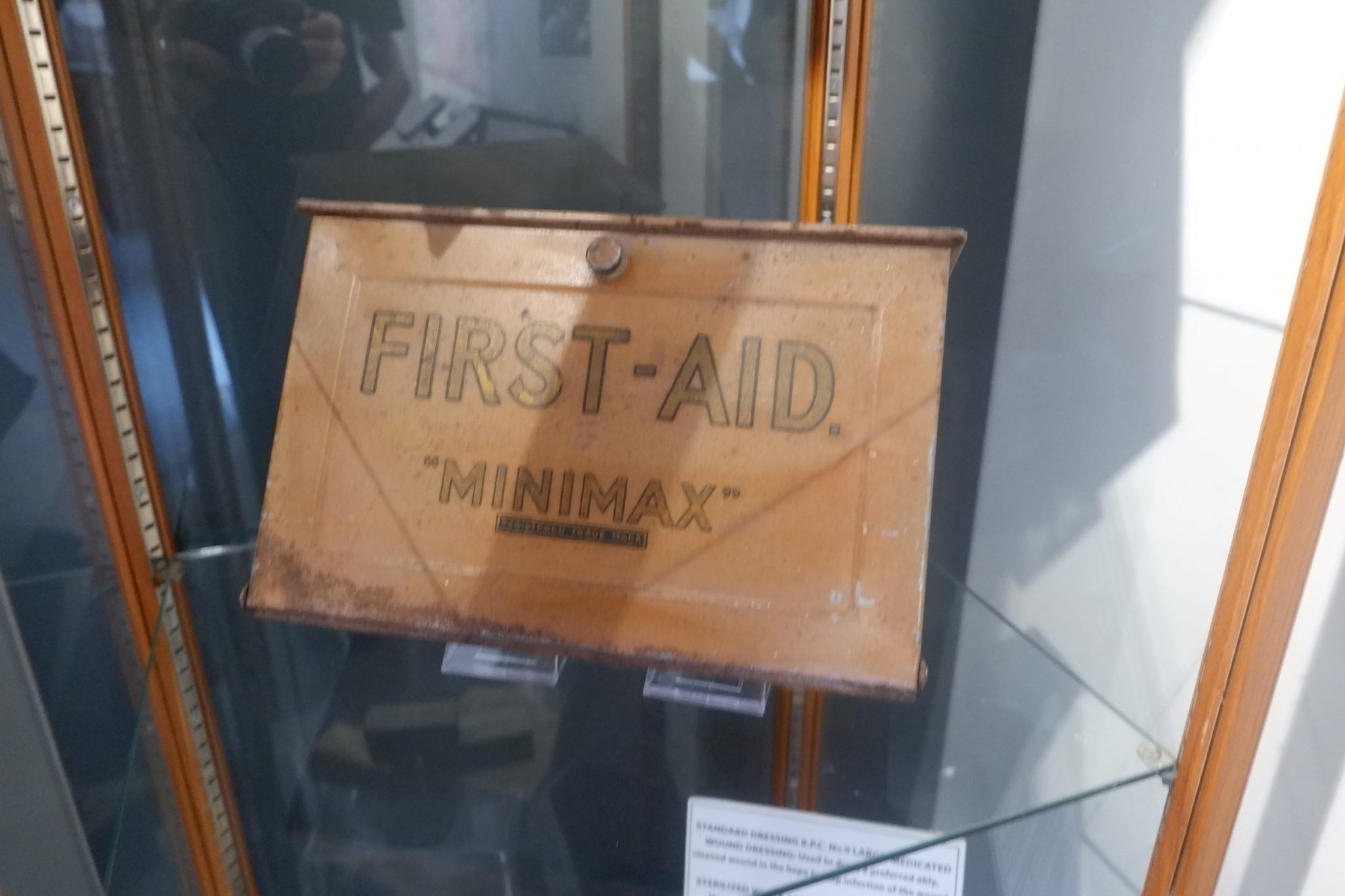
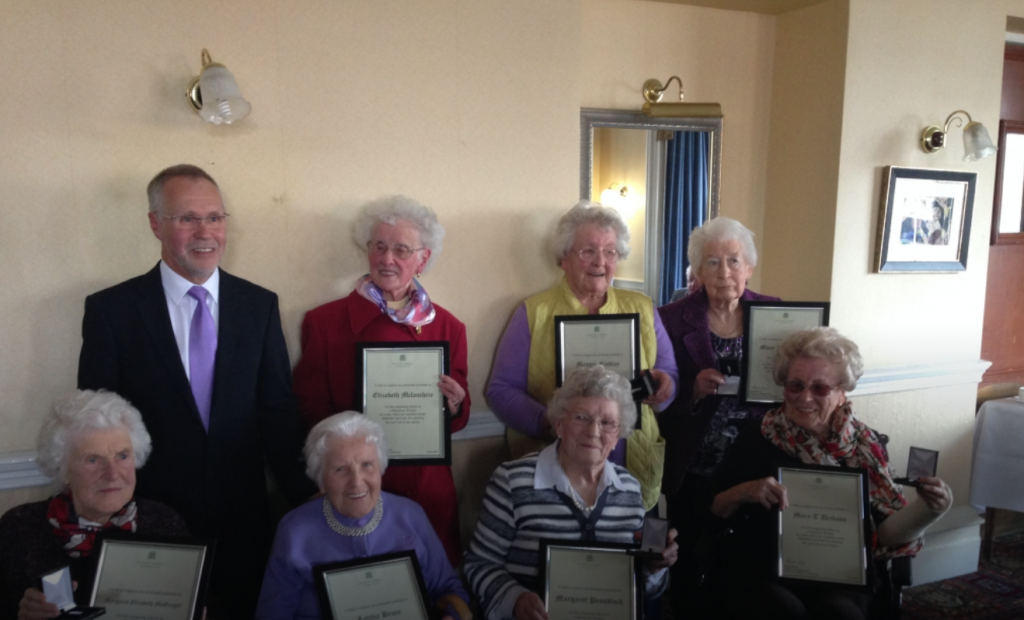
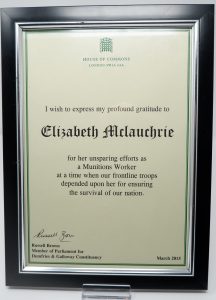
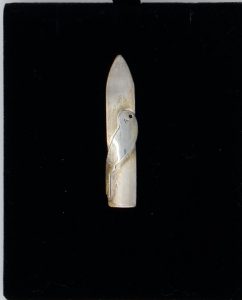
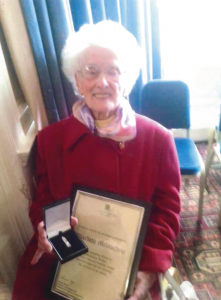
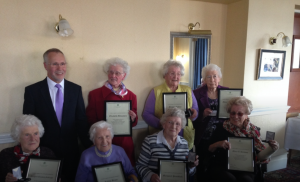
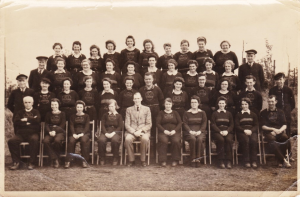
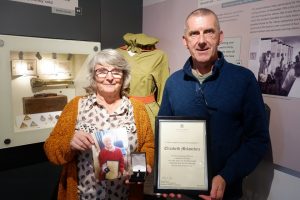

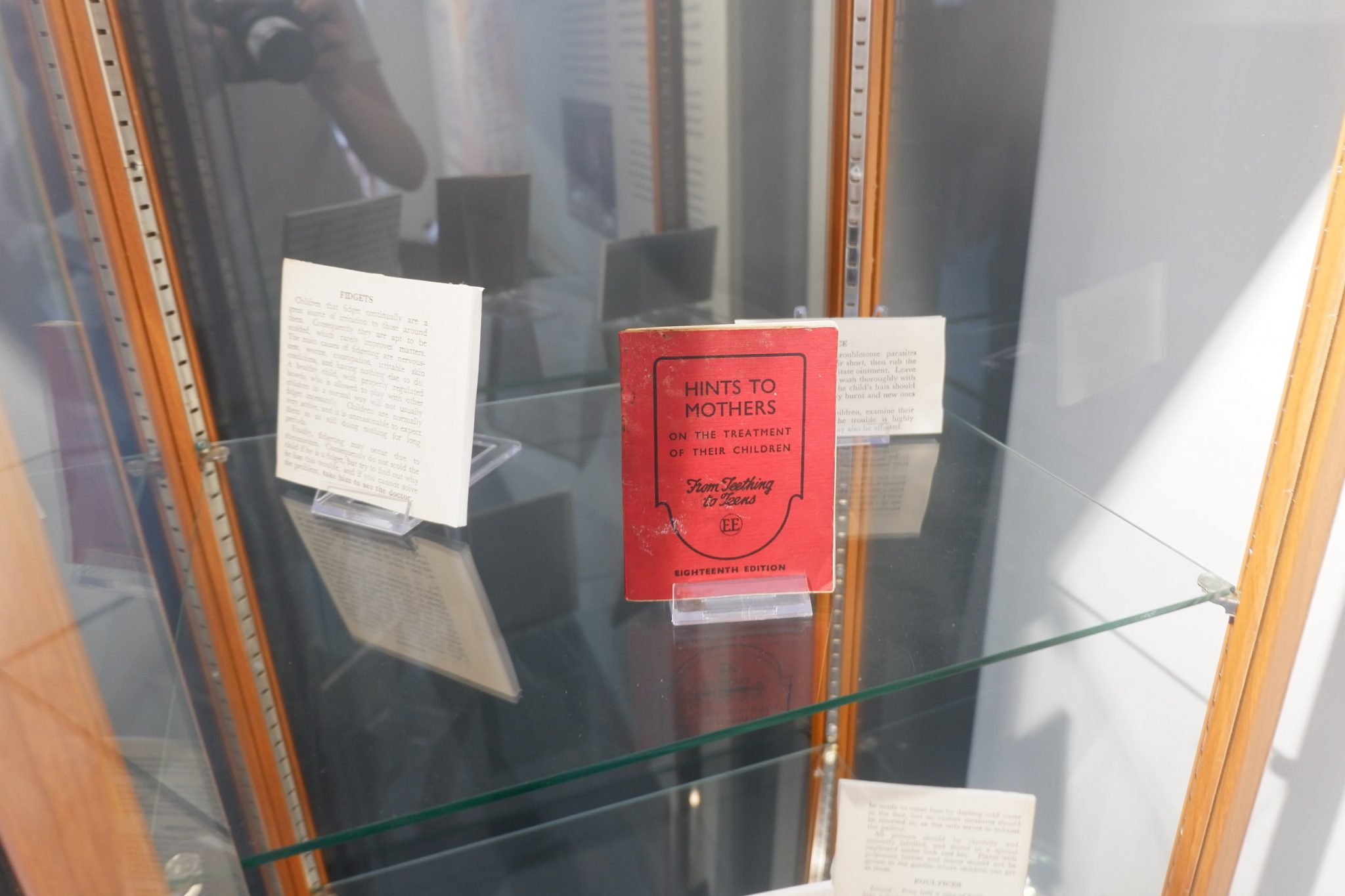
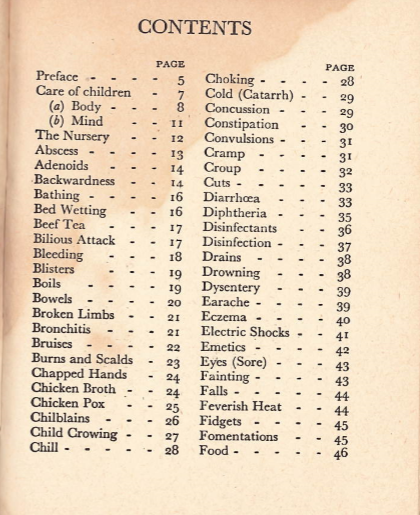
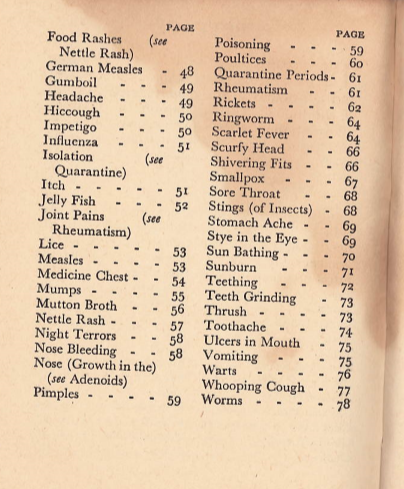
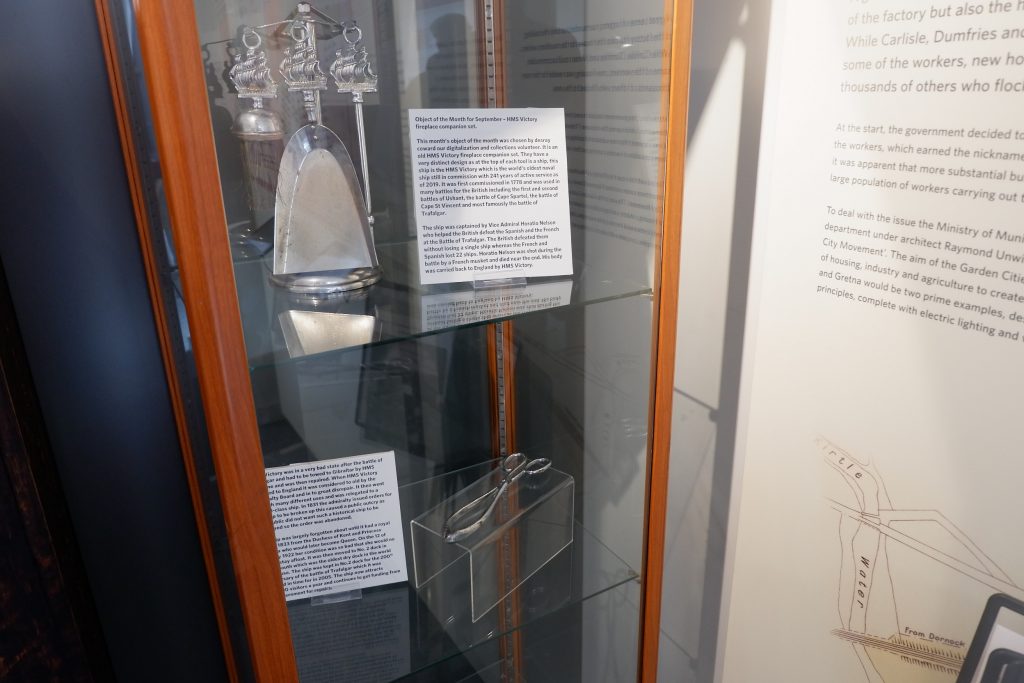




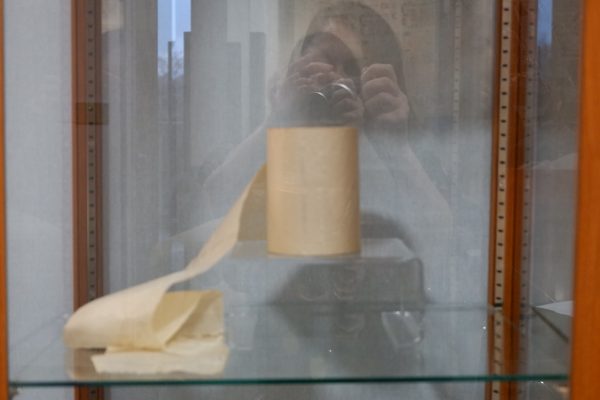
 Many people may remember this sort of toilet paper (it is sort of like tracing paper).
Many people may remember this sort of toilet paper (it is sort of like tracing paper).